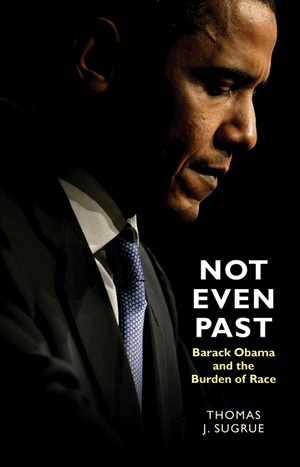The Hypervisible Man: Obama as the First Black, Mixed-Race, Asian American and now Gay PresidentPosted in Articles, Barack Obama, Identity Development/Psychology, Media Archive, Politics/Public Policy, Social Science, United States on 2012-05-27 22:43Z by Steven |
The Hypervisible Man: Obama as the First Black, Mixed-Race, Asian American and now Gay President
Mixed Dreams: towards a radical multiracial/ethnic movement
2012-05-24
“I have always sensed that he [Obama] intuitively understands gays and our predicament—because it so mirrors his own. And he knows how the love and sacrifice of marriage can heal, integrate, and rebuild a soul. The point of the gay-rights movement, after all, is not about helping people be gay. It is about creating the space for people to be themselves. This has been Obama’s life’s work. And he just enlarged the space in this world for so many others, trapped in different cages of identity, yearning to be released and returned to the families they love and the dignity they deserve.” −Andrew Sullivan, “The First Gay President,” Newsweek
I admit, I’ve missed quite a bit being oceans and continents away from the US of A. But one watershed moment managed to reach my little apartment in Udaipur last week as I was sipping my morning chai. Front page of the Times of India was Obama’s declaration of support for marriage equality. Between you and I, I was always of the camp that believed Obama’s previous stance was no more than a mere (albeit calculated and predictable) front to protect his political hide as the over-hyped newbie presidential candidate. Seems my sentiments were shared by Andrew Sullivan in his cover article in this week’s edition of Newsweek, which featured the above image and the headline “The First Gay President.”
Reading Sullivan’s article, I remembered a talk I attended at Oberlin College for Asian Pacific American Month in 2010 where the speaker’s last slide was entitled “The First Asian-American President” beneath two photographs of Obama, one as a child in Indonesia and one hugging his sister Maya Soetoro-Ng at his high school graduation in Hawaii. The speaker insisted that Obama’s early childhood spent in Indonesia with his mother and stepfather, his youth spent in Hawaii, his identity as a hyphen American, and immigrant son made his experience akin to that of many Asian-Americans and thus earned him the title “First Asian-American President.” And in those terms it totally made sense. Obama could be Asian-American. Obama’s identity lends itself quite easily to repeated acts of reading and (re)interpretation. Though he’s self-identified as African-American, many still call him “The First Multiracial President.” Because it matters much less what Obama thinks of himself than what we the people think of him—what images we project onto his being.
In my course, I used Obama’s story, his identity as a tool to understand how multiraciality contains multitudes and how a multiracial critique could be instrumental in breaking down monolithic notions of identity. So I encouraged students to talk about multiraciality as part of black identities, as part of Asian-American identities, Latin@, Native, White, adoptee and queer identities. If anything multiraciality benefits a great deal from a queer critique—queering race. And there’s increasingly more out there in Academe that works at the rich intersection. That being said, I still found myself a bit surprised to see such a bold act of race queering on the cover of a mainstream American publication such as Newsweek…
Read the entire essay here.


